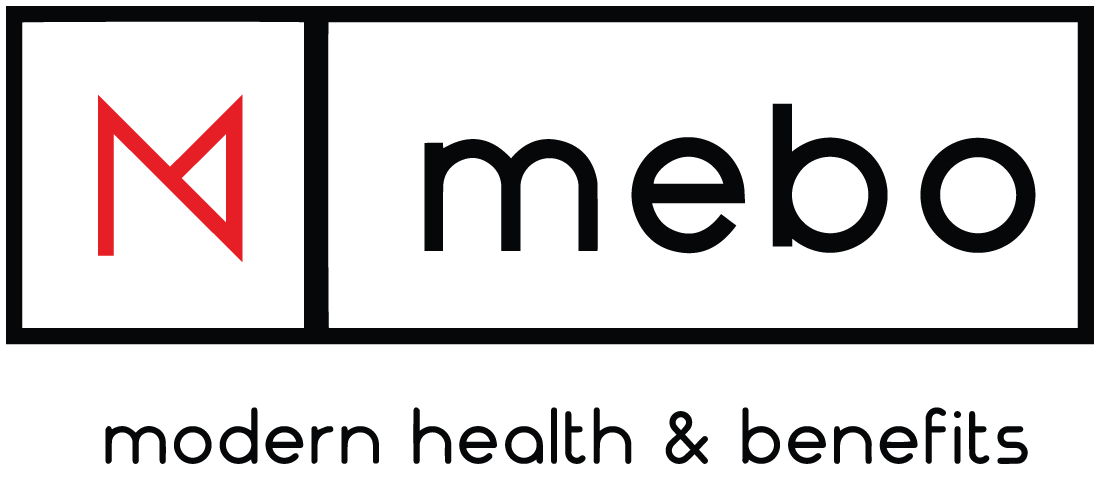Choosing the Right Health Plan for Your Employees
Many employers find it difficult to locate quality staff. Offering a good benefits package is an excellent way to attract top talent. While it isn’t necessary for most small businesses, offering an employee health plan increases employee satisfaction and improves employee retention rate.
ACA Rules Regarding Employee Benefits in California
Under current ACA rules, companies in California with fifty or more full-time equivalent employees (FTEs) must offer ACA-compliant healthcare coverage. Organizations that do not comply with this law could face a penalty of $2,570 per eligible full-time employee.
Part-time employees that work less than 30 hours per week are not entitled to health benefits under this law. However, organizations with several part-time employees may still need to provide health benefits to full-time staff members. Two part-time employees that each work an average of 15 hours per week is equal to one full-time equivalent employee.
Even though organizations with less than 50 full-time equivalent employees do not need to offer health coverage to comply with ACA rules, doing so provides numerous benefits. Employers that offer health benefits can deduct all premiums paid throughout the year. In addition to impressive tax write-offs, offering health benefits increases employee satisfaction, attracts quality candidates, and boosts productivity. When employees receive regular and preventative healthcare, they’re less likely to call out sick and experience major health problems in the future.
Fully Insured VS. Self-Funded Health Plans
When deciding on the type of employee benefits to offer, employers can choose between a fully insured health plan or a self-funded health plan. While a fully insured health plan costs the same each month, self-funding allows organizations to pay for only what they use.
Level funding is the most popular form of self-funding. Taking a level-funded approach provides organizations with control over the frequency and severity of claims. This increases predictability and keeps costs low. A level-funded health plan provides the same cost-savings and flexibility as a self-funded health plan, with the predictability and financial security of a fully insured health plan. By purchasing stop loss insurance, organizations in a self-funded arrangement limit their exposure to risk. Stop loss insurance protects the organization from large or excessive claims. This reduces financial risk, increases control over spending, and provides peace of mind. With stop loss insurance, the employer knows there is a limit on what they could potentially spend each year.
Perhaps the greatest benefit of self-funding is the transparency it provides. Self-funding allows employers to see where the largest claims are coming from. They can then use supply chain management strategies to control costs, while improving health outcomes for their employees. Self-funding offers increased flexibility over fully insured plans, as employers can adjust their plan and approach to meet the changing needs of their organization.
Employers considering self-funding often worry about ACA compliance. Self-funded or self-insured plans are not subject to state insurance laws and are exempt from certain ACA rules. In order to ensure ACA compliance, employers need to file the ACA’s 1094-B and 1095-B series with their taxes.
Employee Health Plans
Although self-funded plans used to be reserved for California organizations with 100 employees or more, new strategies allow smaller companies to take advantage of the cost-savings, transparency, and control that self-funding offers. However, it’s important that leaders fully analyze their needs when deciding on the type of health plan to offer. Employers should consider speaking with an experienced employee benefit specialist for advice.
Located in Orange County, California, MEBO develops customized employee benefit plans that meet the unique needs and goals of our clients. We work directly with each of our clients throughout the entire process, helping them mitigate risk and keep costs low.
Please contact us for more information about our services.










